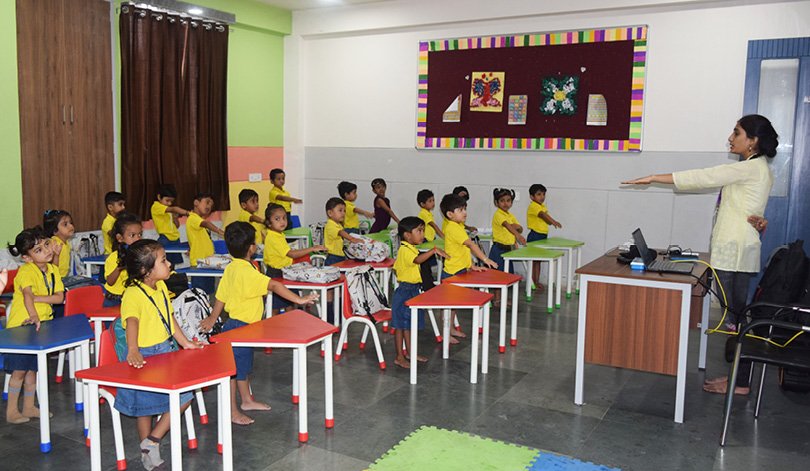The undying bond between teachers and their students lies at the heart of every successful education system. From the bustling classrooms in metropolitan areas to the quieter ones in places like Seoni, teachers constantly juggle their roles as disciplinarians and caregivers. Striking the right balance between instilling discipline and fostering affection isn’t a mere act; it’s an art.
1. Discipline: More Than Just Rules and Regulations
While many perceive discipline as strict adherence to rules, in an educational context, it’s a structure that promotes growth. Whether in a CBSE school in Seoni or an international school elsewhere, discipline helps mould students’ character, teaching them responsibility, punctuality, and respect for others.
2. Fostering a Loving Environment: The Foundation of Trust
Before a teacher can instil discipline, they must cultivate an environment of trust and love. Recognizing achievements, celebrating small victories, and understanding individual student needs can bridge the emotional distance, ensuring students see teachers as allies, not adversaries.
3. Communication: The Golden Bridge
Effective communication is critical. Teachers must clarify the reasons behind rules and the value of discipline, ensuring students understand its importance. This transparency can transform discipline from a dreaded punishment tool into a revered instrument of personal growth.
4. Leading by Example: Actions Speak Louder
A teacher’s behaviour often becomes a template for students. By showcasing punctuality, respect, and diligence, teachers become role models. This indirect method of inculcating discipline usually has a lasting impact as students emulate behaviours they admire.
5. Personalizing Approaches: Every Student is Unique
What works for one student might not work for another. Teachers, especially those in new educational institutions like the New School in Seoni, recognize this and adapt their approach. While some students may need a firmer hand, others require patience and gentle guidance.
6. Constructive Feedback: The Pillar of Positive Discipline
Instead of punitive measures, progressive teachers adopt constructive feedback. Pointing out improvement areas while highlighting strengths ensures students understand their mistakes without feeling demotivated.
The Podar Learn School Seoni: A Case in Masterful Guidance
A stellar example of this balance is evident in the Podar Learn School Seoni. Beyond its digital classrooms and emphasis on sports in Seoni, the school prioritizes student-teacher relationships. By fostering an environment where discipline walks hand-in-hand with love and understanding, VPLS Seoni has become a beacon of holistic education.
Teachers at this institution are trained not just in academic excellence but also in emotional intelligence. The blend ensures that students, while understanding the boundaries, never feel stifled or unloved. The school’s belief in the “Nayee Generation – Nayee Approach” resonates deeply with this balanced teaching philosophy.
Conclusion: The Ever-evolving Journey of Teaching
As education continues to evolve, the role of a teacher remains pivotal. While academic prowess is crucial, the ability to balance discipline with love is equally significant. Teachers, with their unique blend of firmness and affection, remain the lighthouses guiding students through their academic journeys, ensuring they emerge as scholars and as responsible, loving individuals.

